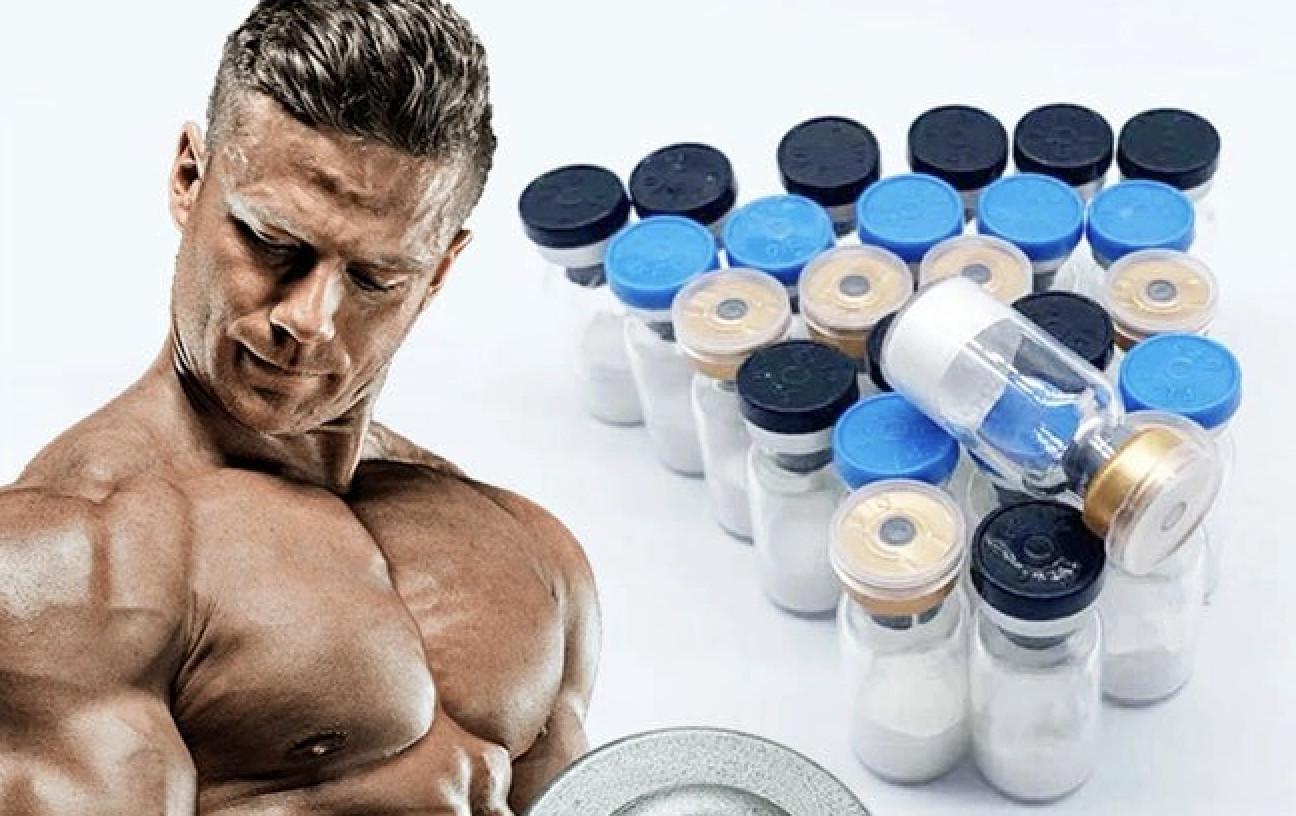SARMs Safety Explained with Risks Benefits and Real User Experiences

Selective Androgen Receptor Modulators, or SARMs, have become increasingly popular among bodybuilders, athletes, and fitness enthusiasts looking to build muscle and burn fat without using traditional anabolic steroids. These compounds are designed to mimic the effects of testosterone on muscle and bone tissue while avoiding unwanted side effects on other organs. Although SARMs offer many appealing benefits, one question remains at the center of the debate — are SARMs safe?
What Are SARMs
SARMs are a class of synthetic compounds that interact with androgen receptors in the body. Androgens are hormones that play a key role in the development of male characteristics such as muscle mass, strength, and bone density. Unlike steroids that affect the entire body, SARMs work selectively, meaning they target only specific tissues like muscles and bones. This selective action allows users to experience muscle-building benefits while minimizing risks such as hair loss, prostate enlargement, or hormonal imbalances.
Originally developed to treat medical conditions like muscle wasting, osteoporosis, and age-related degeneration, SARMs have made their way into the fitness community because of their ability to increase muscle mass and reduce fat. Popular examples include Ostarine (MK-2866), Ligandrol (LGD-4033), and Testolone (RAD-140).
How SARMs Work
SARMs bind to androgen receptors found in muscle and bone cells. When activated, these receptors trigger an increase in protein synthesis, leading to muscle growth and improved strength. Some SARMs also enhance the body’s ability to use stored fat for energy, contributing to a leaner physique.
Unlike anabolic steroids, which can convert into estrogen or dihydrotestosterone (DHT) and cause hormonal side effects, SARMs were designed to avoid such conversions. However, while this selective action reduces some risks, it does not eliminate them entirely.
The Potential Benefits of SARMs
SARMs are appealing because they can deliver noticeable results without some of the severe side effects associated with steroids. Some of the reported benefits include:
1. Muscle growth and increased strength
SARMs stimulate lean muscle development and boost physical performance, making them ideal for bulking or recomposition phases.
2. Fat loss
Certain SARMs help the body burn fat more efficiently while preserving muscle tissue, which makes them popular for cutting cycles.
3. Faster recovery
Users often report shorter recovery times between workouts because SARMs help reduce muscle fatigue and promote faster healing.
4. Improved bone density
SARMs were originally developed to treat bone-related conditions. They support stronger bones and reduce the risk of fractures, particularly in older individuals.
While these benefits sound impressive, it is important to recognize that much of the available evidence comes from limited human trials and anecdotal user experiences. Long-term studies on safety are still lacking.
Are SARMs Safe to Use
The safety of SARMs largely depends on how they are used, the dosage, the product quality, and individual health factors. SARMs are often marketed as safer alternatives to steroids, but “safer” does not necessarily mean “safe.”
Because most SARMs are still considered research chemicals, they have not been approved by regulatory bodies such as the U.S. Food and Drug Administration (FDA) for human use. This means they are not legally sold as dietary supplements, and their long-term safety has not been established through extensive human testing.
Some short-term studies have shown promising results with relatively mild side effects. However, misuse, high dosages, or use of unregulated products can lead to several health risks.
Possible Side Effects of SARMs
Although SARMs are designed to minimize side effects, they can still affect the body’s natural hormone balance. Commonly reported side effects include:
1. Testosterone suppression
SARMs can reduce the body’s natural testosterone production, especially when used for extended periods or at high doses. This can lead to fatigue, mood changes, and reduced libido.
2. Liver toxicity
Some studies have shown that SARMs may increase liver enzyme levels, suggesting potential liver stress. This is especially concerning for individuals using oral forms of SARMs.
3. Hormonal imbalance
Because SARMs interact with androgen receptors, they can disrupt the body’s hormone levels, leading to estrogen-related effects such as water retention or mood swings.
4. Cholesterol changes
SARMs may lower good HDL cholesterol and raise bad LDL cholesterol, increasing the risk of cardiovascular problems over time.
5. Unverified ingredients
A major safety concern is the purity of SARMs available on the market. Many online products are mislabeled or contaminated, meaning users could be consuming unknown substances that pose serious health risks.
The Importance of Post Cycle Therapy
Since SARMs can suppress natural testosterone production, most users follow a post cycle therapy (PCT) after completing a SARM cycle. PCT helps restore hormone balance, prevent muscle loss, and reduce the risk of long-term hormonal damage. Failure to perform proper post cycle therapy may lead to prolonged low testosterone levels and other health complications.
Legal and Regulatory Status
SARMs are currently not approved for human use in most countries. In the United States, the FDA has issued warnings against companies selling SARMs as supplements. The World Anti-Doping Agency (WADA) has also banned all SARMs from competitive sports, classifying them as performance-enhancing substances.
Despite these restrictions, SARMs remain available online as “research chemicals.” However, because these products are unregulated, their safety and purity cannot be guaranteed. Many contain little to no active ingredient or are mixed with harmful additives.
Comparing SARMs to Steroids
SARMs are often marketed as a safer alternative to anabolic steroids because they provide similar benefits with fewer side effects. While this may be true to an extent, SARMs still carry risks, especially with prolonged or high-dose use. Steroids have been studied extensively for decades, while SARMs remain relatively new, and long-term safety data are limited. Therefore, calling them “safe” is premature until more clinical research is available.
How to Use SARMs Safely
If someone decides to use SARMs despite the risks, they should take several precautions to minimize potential harm:
-
Only use SARMs from reputable, lab-tested sources.
-
Start with low doses and short cycles.
-
Monitor health with regular blood tests.
-
Follow a proper post cycle therapy plan.
-
Avoid stacking multiple SARMs or combining them with other substances.
Most importantly, individuals should consult a healthcare professional before beginning any SARM regimen, especially those with preexisting health conditions.
Conclusion
SARMs offer an exciting alternative to steroids for those seeking muscle growth, fat loss, and improved performance. They work by selectively targeting androgen receptors, providing noticeable physical benefits with fewer side effects compared to traditional anabolic compounds. However, this does not mean they are completely safe.
Research on SARMs is still in its early stages, and long-term health effects are not fully understood. Misuse, overuse, or buying unregulated products can lead to hormonal imbalance, liver damage, and other health issues.







